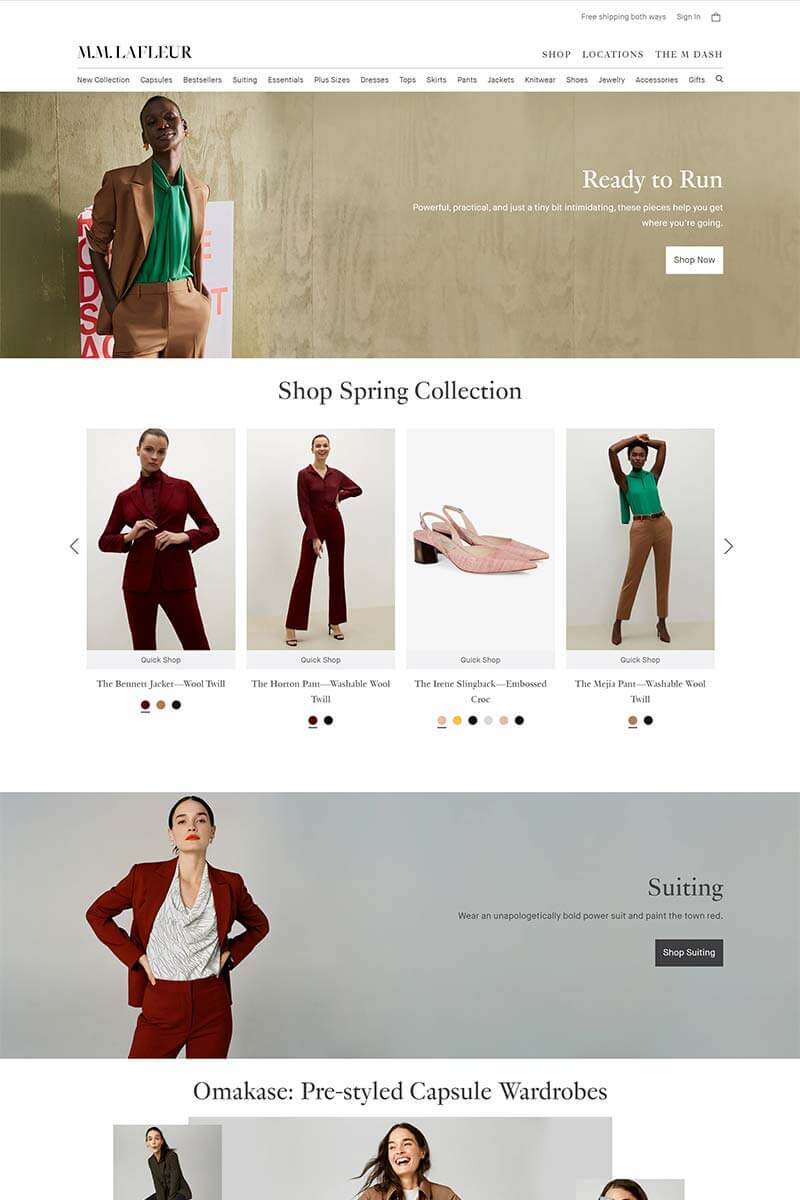I talk to a lot of different kinds of business people. I love getting smarter about their businesses and challenges.
One of the common questions I ask is, "Who is your ideal customer/What does your best customer look like?" because I'm a customer nerd, and I'm honestly curious.
It sounds ridiculous, but I hear, "Everyone is our ideal customer!" more often than I hear detailed responses that include a mix of demographic and psychographic data.
More...
"Everyone" is Your Customer?
"Absolutely! Everyone can and should use our product."
Technically, this statement could be true; you could be selling something every human needs like boxed water.
But here's the hard truth and constraint we all face:
You don't have the resources to market your product to everyone on the planet.
You're going to have to be a little more specific (okay, a LOT more specific) with your targeting.
Why? You don't have an infinite supply of money and time. No one does.
Even companies as large as eBay with over 10 billion dollars in revenue has an ideal customer for each segment of their business, and they know that everyone isn’t their ideal customer.
What's an Ideal Customer?

Your ideal customer may not be the group of people you think it is or even the people you started your company to serve.
Ideal customers share two primary characteristics:
- They are someone who gets their exact needs met or problem solved by buying and using what you have to sell.
- They have the money to buy what you’re selling.
If they don’t meet these two characteristics, they are not your ideal customer.
Identifying your ideal customer is a little more complicated than this simple litmus test, but, in a nutshell, if they aren’t helping you keep the lights on, they’re not a customer.

Practice Time: How to Winnow Your Possible Customers
Let's say your company sells a software product designed to facilitate student learning in a 1:1 environment.
- Your ideal customer isn’t the teacher - teachers don’t have the budget to buy your product for themselves after they've forked over the cash for classroom supplies.
- Your ideal customer isn't the student - 6th graders (and even High School Seniors) don’t care if they have a fancy piece of software and they aren't willing to part with their hard-earned cash to buy it.
- Your ideal customer is the school district or private tutoring company. They have access to the people with the exact and super-specific problems your software solves (teachers and students in a 1:1 environment), but they also have the money to buy it at scale.
Let's Take This Idea Into the Real-World:
Companies that have more specific ideal customer groups can be very specialized and targeted with their messaging, merchandising, and marketing.
- MM La Fleur knows their target really well and has niched down to work almost exclusively with female professionals. They know who wants their clothing, the specific problem they solve and have targeted a customer group that is willing and can pay for their products.
- From their website: "M.M.LaFleur is built on a core belief: When women succeed in the workplace, the world becomes a better place. Founder & CEO Sarah LaFleur was once your typical woman in finance whose closet was packed with blah-feeling pantsuits. Back then, she dreamed of a more practical, inspired wardrobe for herself and all professional women."
Identify Your Ideal Customer in About 15 Minutes.

Answering these questions isn’t meant to be a detailed customer insight analysis, but if you’re struggling to identify who needs your product and who can pay for it, this is an excellent place to start.
When you think about your product:
- What group of people is your product specifically designed to help? Who is most likely to use my product and get real value out of it.
- What are your company goals? Usually, goals are related to revenue or market share. Remember your SMART Goals?
- Specific
- Measurable
- Attainable
- Relevant
- Time-bound
- What is the big, super-specific problem my product solves? Spoiler alert: Solving world hunger isn’t the big super-specific problem your product solves. Even Action Against Hunger as an organization doesn’t have a product or solution that solves world hunger. Solving world hunger is their objective as an organization, but that’s not the specific problem they solve.
- How does my product solve this problem? Is it a complicated solution that requires additional technology or education? Is it super easy and approachable? How does this product make my customer’s lives easier - not just the benefit of using your product - how does your product make your customer’s lives easier (do they get more time back, less paperwork, less hassle, save a bucket full of money in unexpected ways)?
- How much money are they willing to spend/do they have to make this problem go away? Who pays for the solution (some products could be paid at an organizational level and used by individuals - it’s essential to keep in mind that the people who pay for the product may not be the people who use the product).
Get Specific About Your Ideal Customer

From here, you’ve got the foundation to start more customer insight work.
More research and figuring out how this big group of customers you’ve narrowed down is composed of even smaller and more specific groups of people who share behavioral characteristics.
My philosophy is that you should never stop talking to your customers because they change as individuals, their needs change, and your marketplace will never stop evolving.
The next logical step after breaking your ideal audience into smaller groups is doing persona work - this includes research gathered from surveys, 1:1 interviews, product review research, collecting and analyzing service reviews, forums, and comment mining and using all of this information to create data-driven personas.
Personas present customer needs, attitudes, purchase journeys, and relevant messaging points into a consolidated format for use in marketing and product development.
When you try to be everything to everyone - you wind up being nothing to no one.
If you know your customers, really know them - beyond just their ages, genders, and household income they will tell you where to place your ads, the words and phrases to use to grab and hold their attention and where to spend your marketing budget to get the most significant return.

